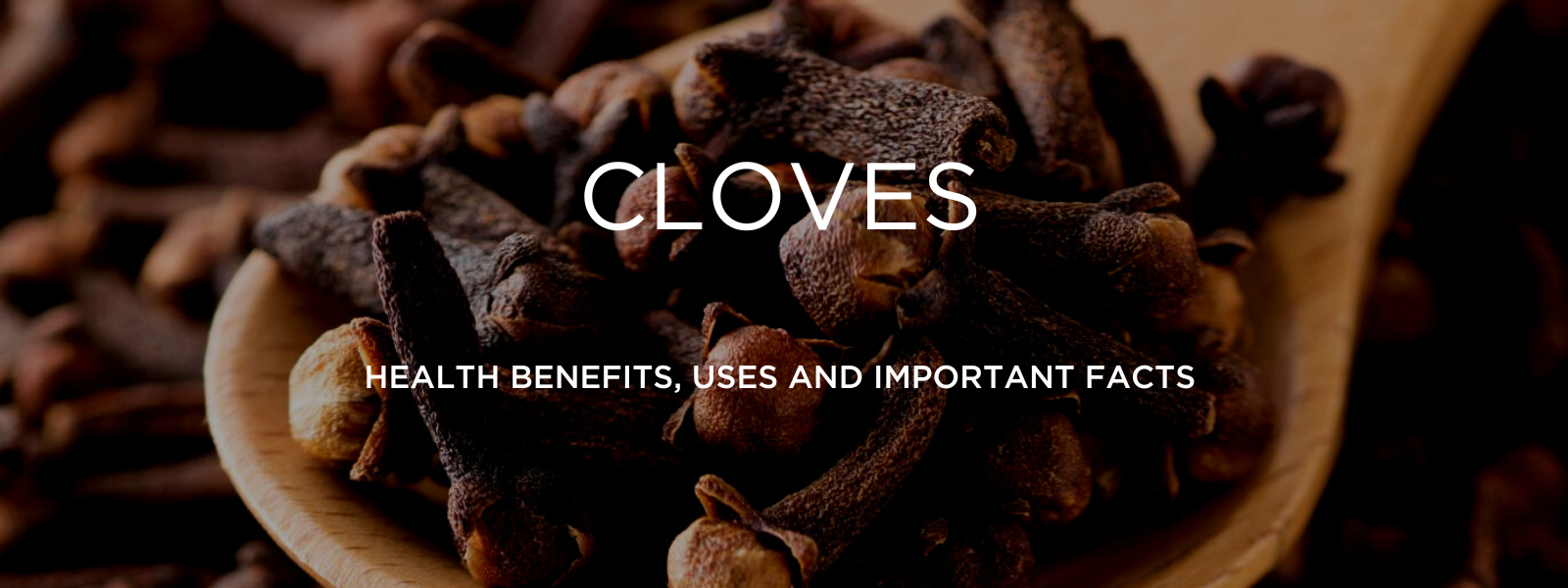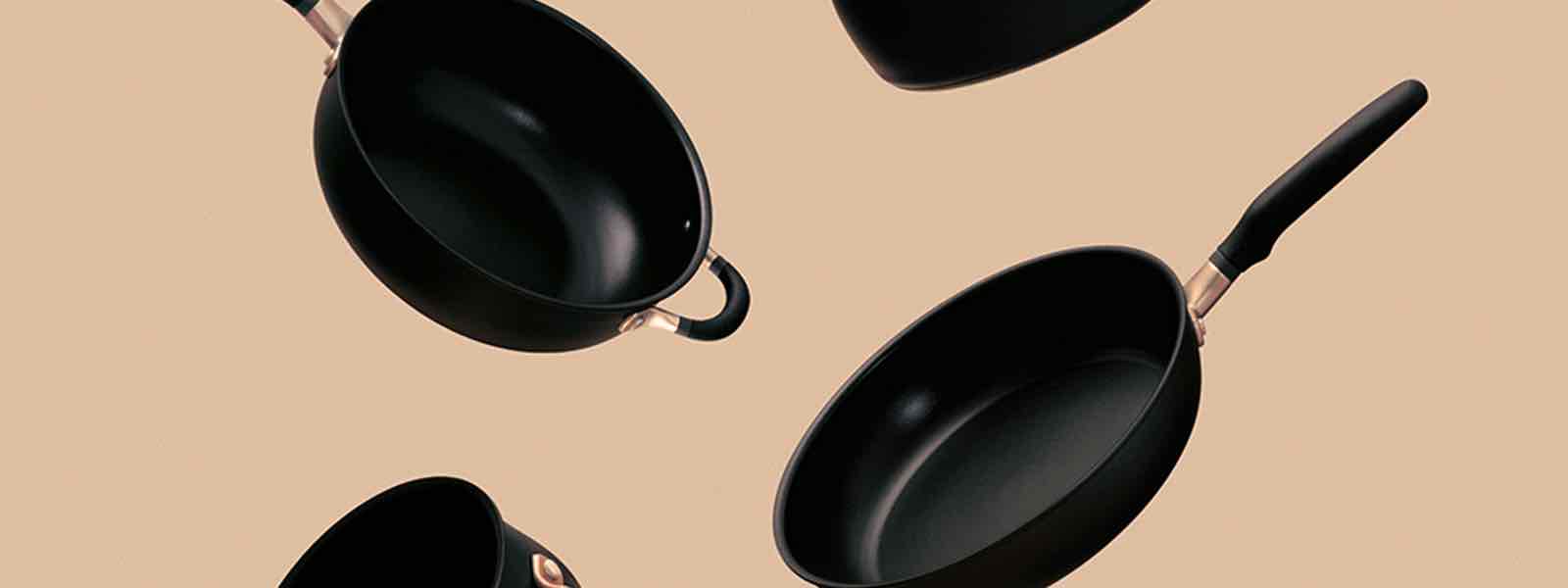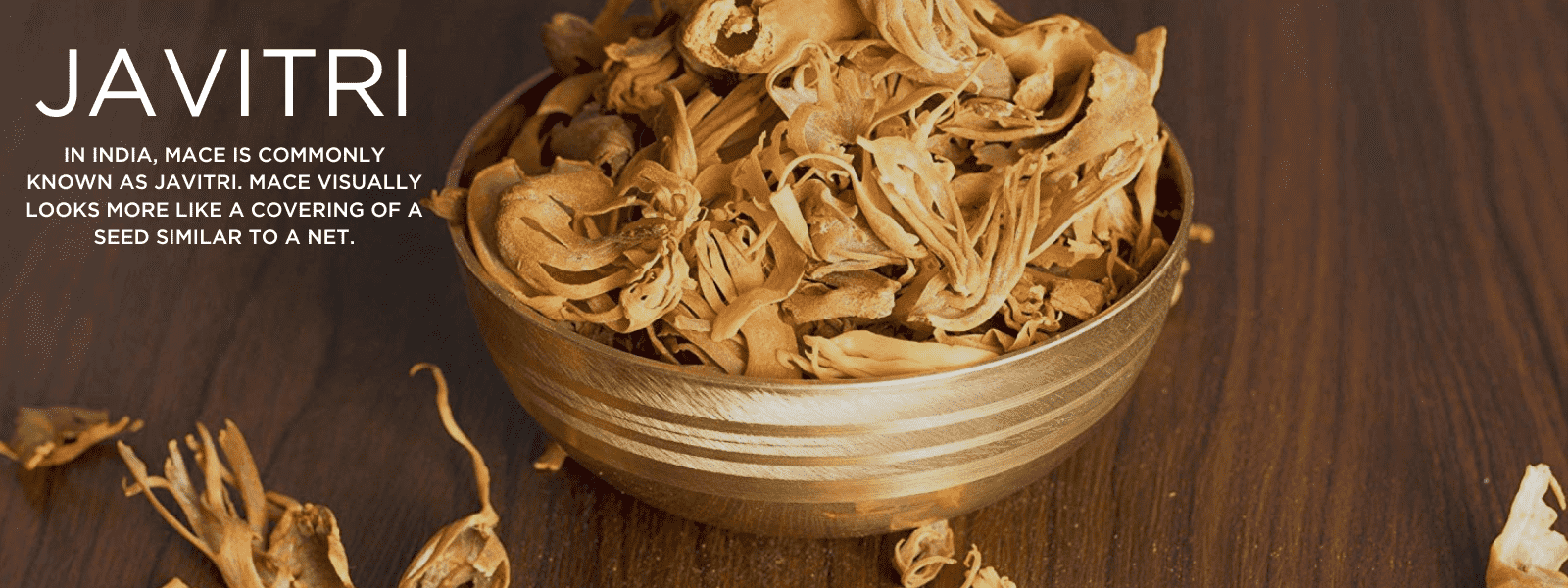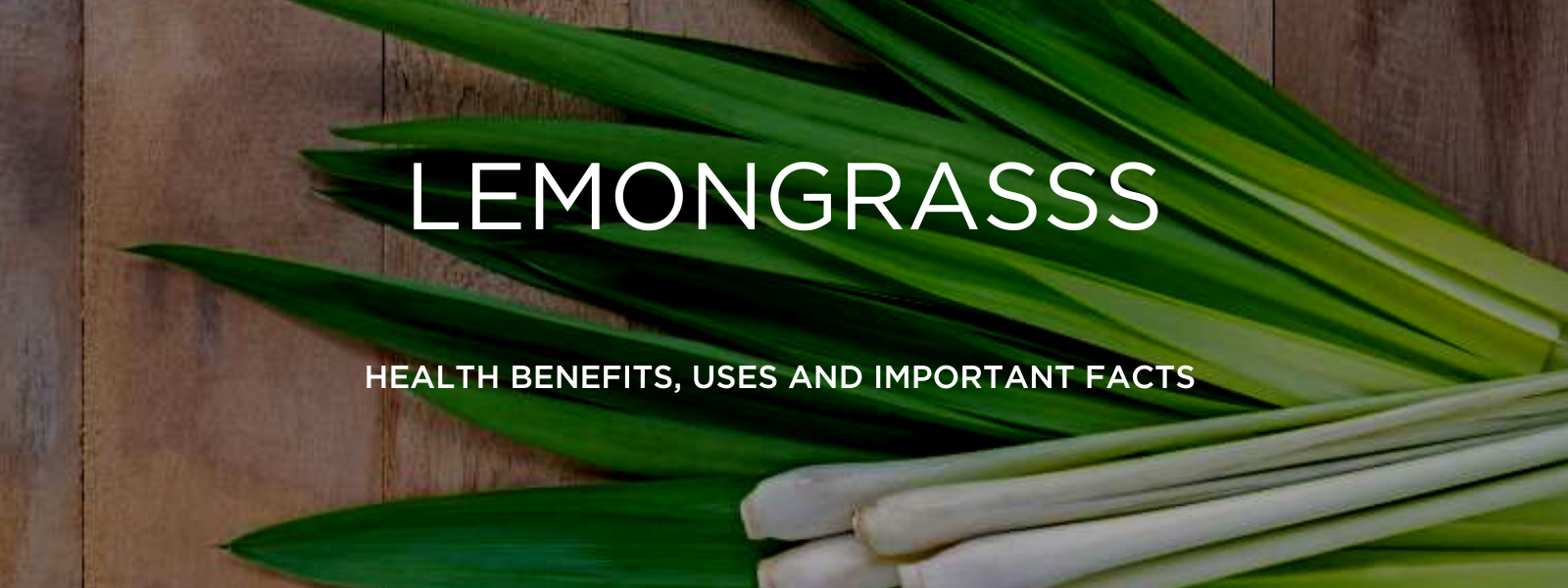What are our dals and sabjis without our beloved tadkas? And what is tadaka without asafoetida? Hing, also known as Asafoetida, is a quintessential Indian spice that adds new zest to the food and lots of benefits to your health. It is commonly used in home remedies and is available in both powder and whole spice form. Hing water, or a solution of hing infused in lukewarm water, has numerous benefits and can be drunk regularly to improve overall health. So, add hing to your favourite dishes for an extra boost of flavour as well as to enjoy a galore of health benefits. Hing aids in digestion, helps with weight loss, controls diabetes, and prevents respiratory problems and infections. Additionally, hing is known to have anti-inflammatory properties which can help reduce pain and swelling. For best results, drink hing water on an empty stomach each morning.
Table of Contents
About Asafoetida
Asafoetida/Hing, commonly known as asafoetida, is a vital component found in every Indian cooking. It is also known as Hingu in Hindi, Ingu in Kannada, Inguva in Telugu, and Perungayam in Tamil.
The botanical names for hing—also known as "Food of the Gods" or "Devil's Dung"—are Ferula foetida and Ferula asafoetida. It is a perennial herb that can reach heights of 1.5 to 2 metres and is a member of the Umbelliferae or Apiaceae family.
Hing, also known as gum oleoresin, is a dried form of latex that is released from Ferula asafoetida’s tap root, rhizome, or stem. This plant is commonly farmed in Afghanistan, Pakistan, Iran's deserts, and India's Himalayas.
The resinous gum is found in Ferula assafoetida, a flowering plant with many schizogenous ducts in the cortex. The plant's roots are thick, massive, and pulpy, and its flowers are a pale greenish yellow. The fruit is an oval, flat, reddish brown fruit that is loaded with milky fluid. They release an extract that is comparable to the stems' extract.
Hing has an unique pungent smell and a bitter flavour as a result of the sulphur compounds it contains.
Health benefits of Asafoetida:
Hing was first introduced to India by the Mughals in the sixteenth century from Central Asia. Hing, a resin made from the roots of the Ferula Assa Foetida plant, has a peculiar sulphur-based aroma and flavour that is both pungent and bitter.
The health advantages of hing have been discussed frequently in both traditional and western medicine. The primary active ingredient in hing that gives it its medicinal value is the volatile oil. Its primary phytochemical, ferulic acid, possesses antioxidant, hepatoprotective, anti-inflammatory, viral, anti-bacterial, antispasmodic, anti-cancer, and anti-inflammation activities. Hing also contains a wide variety of nutrients, including fibre, potassium, calcium, and iron, all of which contribute to their therapeutic benefits.
Here are the numerous benefits of hing:
- Helps in indigestion:
Hing is a digestive stimulant and aids in bowel movement regulation due to its high dietary fibre content. It boosts liver functioning to secrete more bile salts and raises stomach acid production. This aids in better protein, lipid, and carbohydrate digestion, which in turn aids in reducing indigestion and enhancing appetite. Additionally, hing aids in lowering indigestion problems like gas, flatulence, bloating, and abdominal distension thanks to its carminative, anti-flatulent, and antispasmodic characteristics.
- Resolves respiratory disorder
Hing is a natural expectorant that aids in clearing away extra mucus, easing coughing and chest congestion. The phytochemical components in hing help treat respiratory diseases including bronchitis and asthma by reducing inflammation of the bronchial tubes' inner lining.
- Antidote for headache:
Hing's potent anti-inflammatory and antioxidant effects aid in calming the throbbing blood vessels in the brain. Hing also functions as an antidepressant and relieves chronic migraine and migraines brought on by stress.
- Lowers cholesterol level:
Hing increases the body's metabolism, which lowers cholesterol levels. It aids in lowering blood vessel inflammation, which is a major contributor to the development of atherosclerosis and the buildup of cholesterol plaque in blood vessels.
- Regulates high blood pressure:
Hing is an excellent source of potassium, which counteracts the effects of sodium and is hence useful for regulating blood pressure. Additionally, hing promotes blood vessel and artery relaxation, which improves blood flow throughout the body. A healthy blood flow decreases the pressure of the blood against the artery walls and protects the arteries and blood vessels from damage. By preventing blood from clotting in the arteries, the coumarin ingredient in hing lowers high blood pressure. Thus, this spice encourages good cardiac health generally.
- Good for cardiac health:
The body's high blood pressure is decreased by the presence of coumarins and the anticoagulant properties of hing, which stop blood from clotting in the arteries. Additionally, hing's high potassium content lowers the risk of strokes and heart blockages, improving overall cardiac health.
How to use Asafoetida?
A little bit is often enough. A small amount of asafoetida will enhance all the other components in your recipe and give it a slightly wacky Indian flavour. It tastes fantastic in curries and Indian food, but you can use it anywhere you would use onions or garlic due of its burnt-onion-garlicky flavour. Additionally, it is effective in vegetarian and stew recipes.
When making smooth and creamy cheese or egg dishes, for example, when adding chopped onions might change the texture, asafoetida comes in handy. If applied very sparingly, it can elevate fish as well. Asafoetida is frequently used in bean or lentil meals because of its well-known ability to alleviate gas. In fact, it was frequently employed to promote digestion in classical Ayurvedic medicine.
Using asafoetida in cooking requires technique. It cannot be used as a finishing salt or as a simple sprinkle on your dishes. As with many other Indian seasonings and mixtures, asafoetida performs best when briefly fried in some hot oil, butter, or ghee before being added to your dish. Any harshness will be mellowed by this, revealing its real funkiness. Feel free to add more ingredients after the aroma fills your kitchen.
Asafoetida's flavours tend to mellow when cooked, so you can experiment with how much of it you prefer in your meals and tone it down if necessary.
All sorts of cuisine benefit from the savoury background flavour that asafoetida offers. Of course, it tastes best on typical Indian dishes, but don't be hesitant to try a tiny bit in a variety of dishes. Lentils, chickpeas, potatoes, peas, and cauliflower work particularly well with it.
Words of caution:
Though hing's health advantages may be astounding, it's important to remember that while it's safe to use in little doses (5 mg per day), using it in big amounts can also make food taste bitter and occasionally even cause diarrhoea. Hing should also be avoided because to its heated potency if you have ulcers, bleeding disorders, gastrointestinal infections, or are pregnant or breastfeeding.










Leave a comment